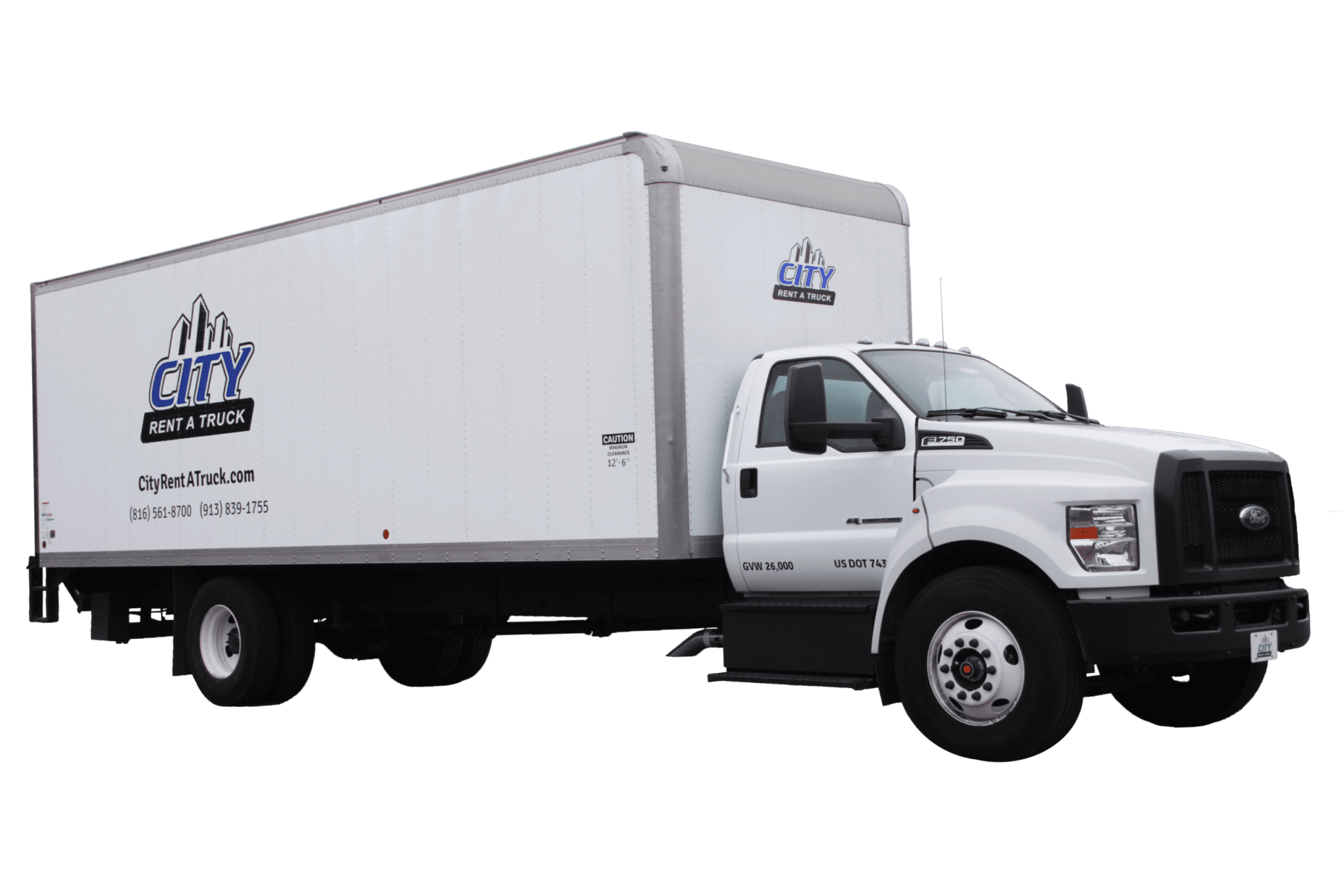
In the vast and diverse world of nature, transportation is a fundamental aspect of survival and adaptation for various species. From the fastest predators to the tiniest insects, every creature has developed unique methods to navigate their surroundings and move from one place to another. Observing the ways in which animals and plants travel in their habitats provides us with a fascinating insight into the ingenuity and efficiency of nature’s transportation systems. Whether through flight, swimming, crawling, or other means, the strategies employed by different organisms showcase the wonders of adaptation and evolution in the natural world.
The intricate web of interactions between living beings and their environments has sculpted an array of transportation methods that are finely honed to suit specific needs and challenges. Each mode of travel, whether on land, in water, or through the air, is finely tuned to maximize efficiency and minimize energy expenditure. By delving into the intricacies of nature’s transportation systems, we not only gain a deeper understanding of the interconnectedness of life but also come to appreciate the beauty and functionality of the various ways in which creatures move through their surroundings.
Different Modes of Transportation in Nature
In the natural world, various creatures have evolved unique ways to move from one place to another. From the swift flight of birds to the graceful swimming of fish, nature showcases a diverse range of transportation methods.
One common mode of transportation in nature is the method employed by insects. Many insects, such as bees and ants, rely on their six legs to scurry across the ground efficiently. Some insects, like butterflies, use their delicate wings to flit through the air with grace and agility.
Aquatic animals also demonstrate fascinating transportation methods. From the powerful tail movements of whales propelling them through the ocean depths to the rhythmic undulations of eels gliding through the water, marine creatures have adapted to move seamlessly within their watery habitats.
Efficiency in Nature’s Transportation Methods
In nature, creatures have evolved with incredibly efficient transportation methods. For example, birds utilize their wings to swiftly navigate through the air, allowing for quick travel over long distances. This energy-efficient mode of transportation enables birds to efficiently migrate to different regions in search of suitable habitats and resources.
Similarly, marine animals like dolphins showcase remarkable speed and agility in the water. Their streamlined bodies and powerful tails propel them through the ocean with minimal resistance, maximizing their efficiency in hunting for food and evading predators. The adaptability of marine creatures to their aquatic environment highlights the efficiency of nature’s transportation solutions.
Insects offer another fascinating example of efficient transportation in nature. From bees to ants, these tiny creatures have developed specialized structures and behaviors that optimize their movement on land. For instance, ants work together in colonies to efficiently transport food back to their nests, showcasing the power of collaboration and organization in nature’s transportation strategies.
Adaptations for Transportation in the Wild
In the vast realm of nature, adaptations for transportation are essential for survival. Box truck services Animals have evolved ingenious ways to navigate their environments efficiently. From swift wings that enable birds to soar through the skies to powerful legs that propel predators in pursuit of prey, each adaptation serves a specific purpose.
In the aquatic realm, streamlined bodies and fins allow fish to glide effortlessly through the water, minimizing resistance and maximizing speed. Marine mammals such as dolphins and whales have evolved powerful tails for propulsion, enabling them to traverse great distances in search of food or mates. These adaptations showcase the remarkable diversity of transportation methods in the wild.
On land, animals like cheetahs have developed unique adaptations for speed, with slender bodies and specialized muscles that propel them to impressive velocities in pursuit of prey. Similarly, kangaroos utilize their strong hind legs to leap vast distances, enabling efficient travel across vast landscapes. These adaptations highlight the fascinating ways in which nature has optimized transportation for survival and success.
